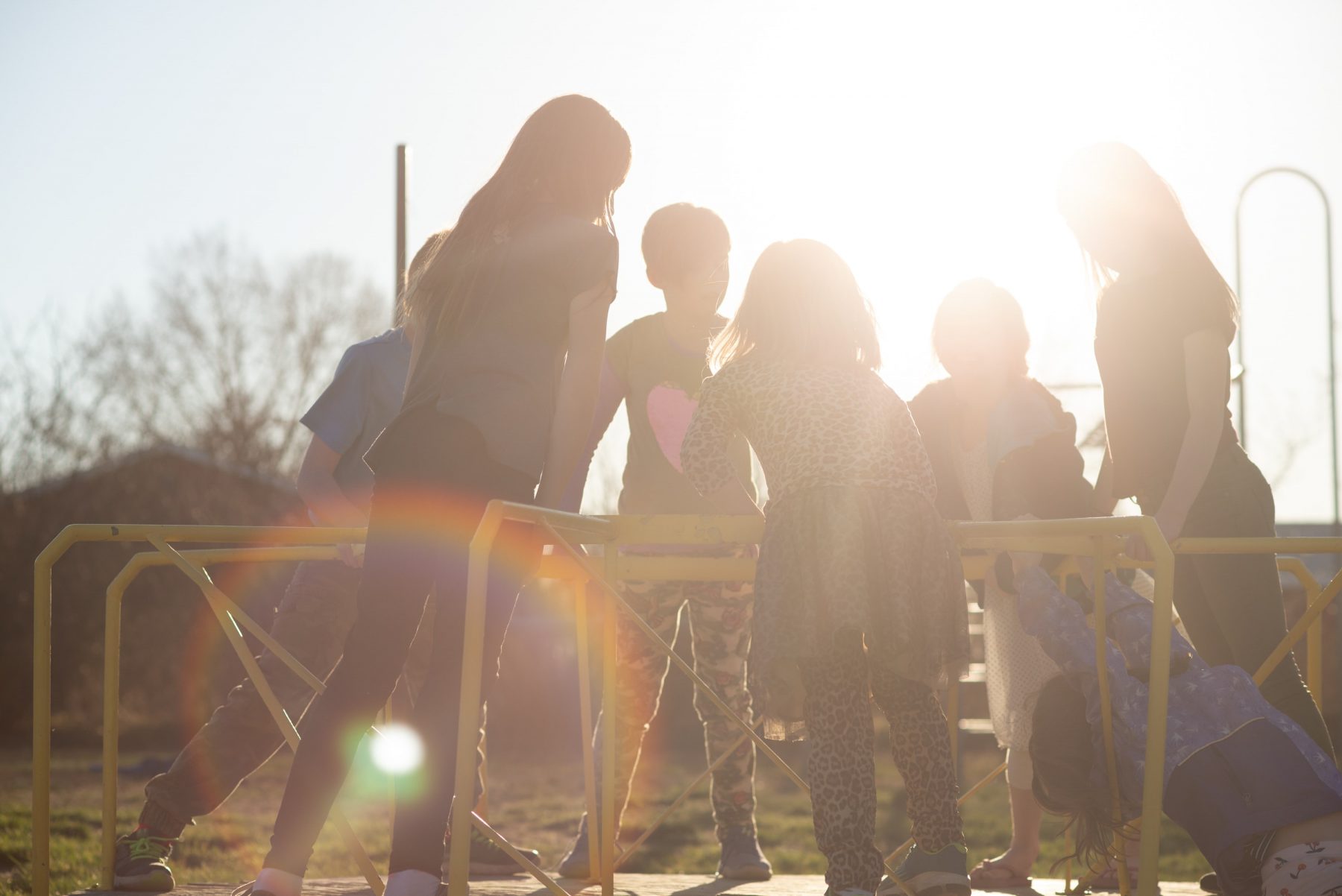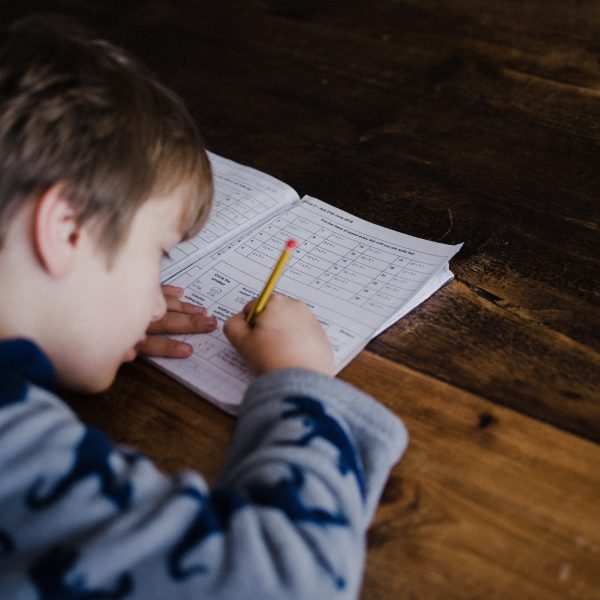How can we better communicate the importance of supporting children’s play?

For the past two years, the FrameWorks Institute has worked in partnership with Telethon Kids Institute and Minderoo Foundation to investigate perceptions of early childhood in Australia. The project has identified gaps between public thinking and the science of early childhood, and have developed and tested new ways of talking about early childhood that make this science more accessible.
This work has been designed to move public thinking and create demand for the policies required to better support young children and their families. This piece, the third in a series of five, explores how the science of play can be translated and promoted within communities, elevating the valuable learning children undertake through play.
Australians value play and see it as a central part of childhood. We have found a deep, ‘taken-for-granted’ assumption among Australians that play is what children “do” and what childhood is “all about.” Play is understood as something natural that happens regardless of circumstances or environments. Quite simply, children play. Nothing else needs to be said and when asked, people struggle to do so.
Thinking in this way, people see the importance of play but not the role that environments, relationships, or resources have in supporting it. Because Australians see play as such a natural part of what children do, the only action they think we can or should do to support play is to “get out of the way and let nature do its thing.” Essentially, because the importance of play seems like common sense, people don’t have an explicit or well-developed understanding of what it actually does for a child’s development.
The value that Australians place on play, coupled with the absence of an understanding of what is required to support it, presents both a communications challenge and an opportunity.
The challenge is that most people don’t acknowledge how the lack of supportive play environments, relationships, and resources can create problems for some children. If we want people to support and demand the policies and practices necessary to ensure that all children have opportunities to engage in and benefit from different types of play, we need to clearly communicate the role of contexts and resources and show how play experiences advance development.
On the other hand, because of the value people attribute to play, these messages are likely to have a ready and willing audience among Australians.
If we get the communication piece right, we can help build public support for providing play experiences that contribute to healthy child development in all children in Australia. This is key to building children’s health and wellbeing both now and throughout their lives.
Showing how adults give power to play
Adults are currently missing from the public’s view of play, with play understood only as child-led exploration.
The concept of what experts call “guided play” needs to be communicated more clearly.
.
These communications can help move the idea of “guided play” from what seems to most Australians to be an oxymoron (how can play be “guided” if it is, by definition, free and natural?) to something in line with people’s common sense understanding of the core role of play in childhood.
Guided play uses the essence of free play (child-led exploration) with adult guided support, with the adult following the child’s interest and building on their capabilities to extend learning.
For example, an adult can use words and prompts to acknowledge a child’s actions, guiding them to overcome challenges they may face in their play. Or when a child shows an interest in placing objects inside other objects, an adult can narrate their observed actions and provide the child with differing shapes to fit through a sorting object, increasing a child’s vocabulary and the challenge as the child becomes more familiar with the shapes.
Children are attracted to experiences that challenge them, and become engrossed in play activities where this challenge is set at just the right level—where they are right on the edge of their current skills. Adults have an important role to guide play to achieve this challenge sweet spot. When children are engaging at this “just right” level of challenge, they are building skills in powerful ways as they try new things and extend their learning.
We all need repeated practice seeing adults involved in children’s play to widen our understanding of what play involves and how it takes place in order to deepen our understanding of its specific developmental benefits to children and families.
Current public thinking rests on the idea that play happens everywhere and anywhere, at any time and with anything. This sometimes gets in the way of people’s ability to see how environments and resources shape play experiences and, by extension, how varying access to resources creates inequitable opportunities for children to engage in, and realise the developmental benefits of, play.
To respond to this issue of equity, communicators need to make the issue clear and concrete. This can be accomplished through stories that emphasise the role of the environment in shaping play or by using concrete examples of play opportunities that places like museums and libraries provide for children.
These are public spaces where child-led exploration can occur within a setting prepared for learning outcomes. Examples can also be used to show the need for all communities to have outdoor play settings that extend children’s skills in balance, spatial awareness, and risk.
Our research has found that using concrete everyday language that describes different types of play with an emphasis on exploration and experimentation is an effective way to build a deeper understanding of play.
Language around play that sounds overly academic, such as terms like “guided play” can cause people to tune out. This language makes people feel like this is not a conversation for them, and can give them the sense that such communications are attempting to “medicalise” or complicate a natural process which should be left alone.
Instead of relying on technical terminology and academic phrasing to communicate their message, play advocates should focus on finding language that describes play. Phrases and terms like “ “re-enacting experiences with dolls or stuffed animals”, “role-playing with other children”, “exploring new words in stories and with toys”, “experimenting with puzzles or shape sorting toys”, “chasing each other around the playground,” or “playing catch with friends and grown-ups” open up the world of play, and invite others to join in the discussion.
Using these framing strategies can help us build on the value that Australians already see in play and deepen their understanding of the importance of extending play opportunities to all Australian children.
Want to learn more? Be a part of the new framing story by joining in our free e-learning module.
More information about the Core Story for Early Childhood Development and Learning can be found here.
















